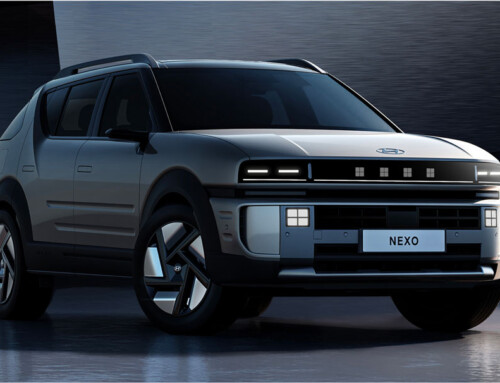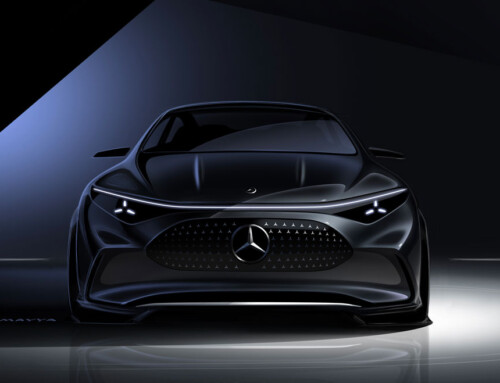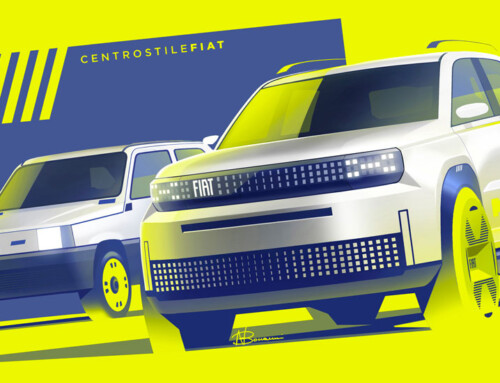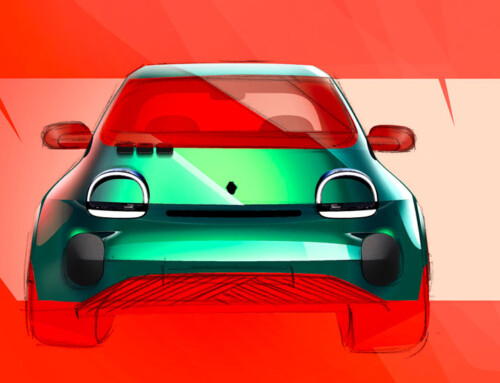Dynamism, fluidity, sportiness, sensuality and strength are the five basic precepts on which Renault has founded its strategy for the new Mégane family, which debuted in hatchback and coupé guise and will later be joined by four more variants.
This is a family which, as Patrick Le Quément said at Geneva last year during the presentation of a concept for the coupé, “represents a new beginning and shows what future Renault design will be like, with a series of models that are obviously not identical, but which are all defined by a voluptuous, curvaceous look and a face with a decisive expression”. But “project X95”, as it was known within la Régie, was more than that. As Renault design boss Le Quément explains: “It was a completely digital gamble”.
Two concepts in particular – one concerning style and design, the other concerning the technical development process – illustrate the new Renault way better than anything else. As Fabio Filippini, until recently director of the Mégane range and now chief of interior design for the French marque, explains this is the third phase in an evolution that began in the early 1990s, when “Renault expressed new and innovative concepts with the Espace and Twingo”.
The second phase, which began in 1995 with the presentation of the Initiale concept, consisted in “giving a style and an aesthetic to that innovative language, making it a style language in its own right, which stayed with us up to the second generation Mégane. This was a totally different and avantgarde language defined by bolder lines and a harmony that was more rhythmic and less bound to a sense of fluidity. This strengthened the visual and stylistic image, but unfortunately it was not understood by all, as its inspiration went beyond recognised automotive canons”.
The article continues in Auto & Design no. 174










